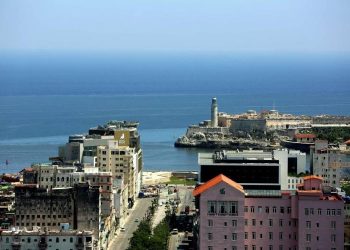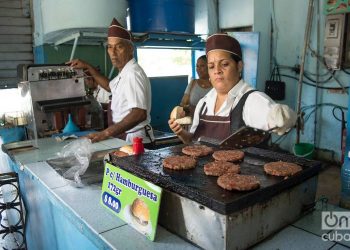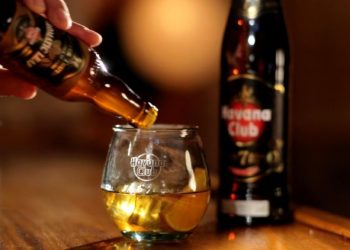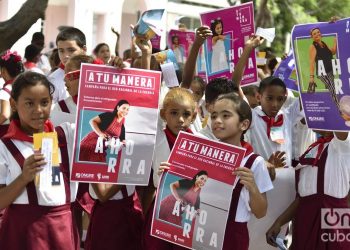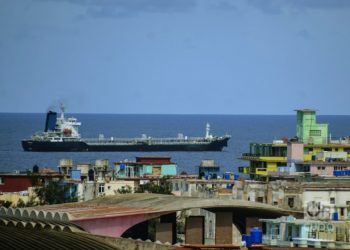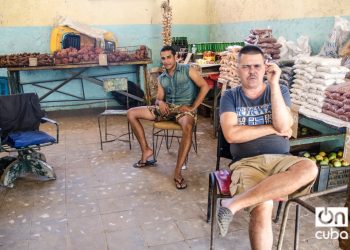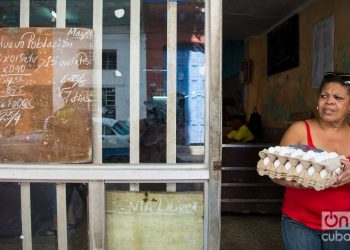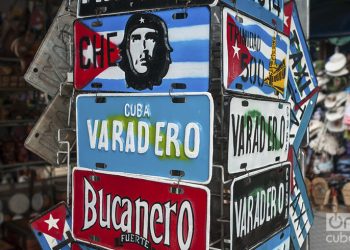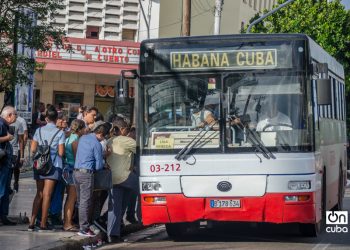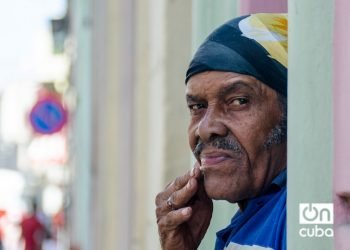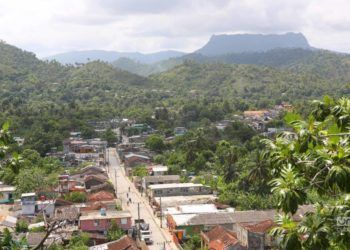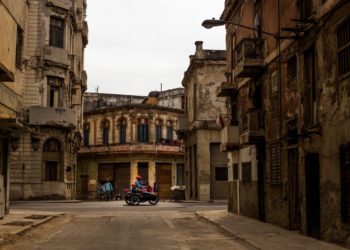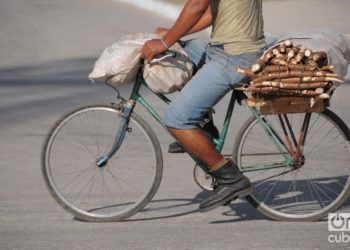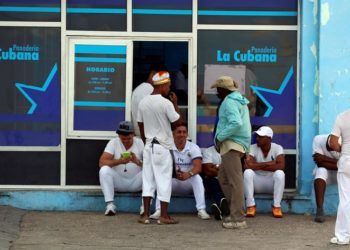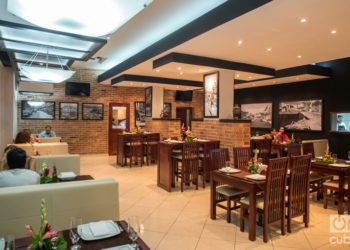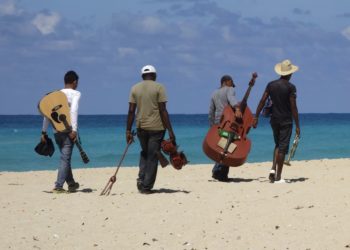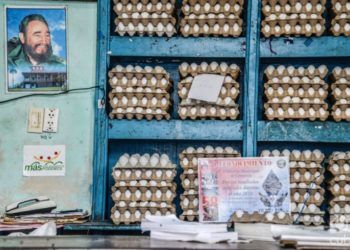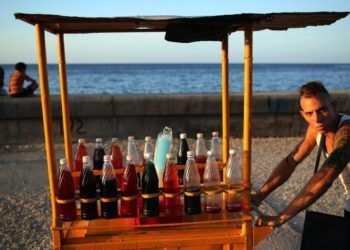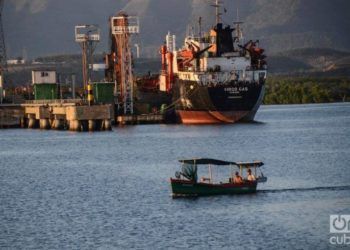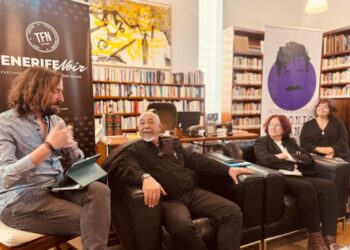Eusebio of Old Havana: putting soul into the stones
This will not be an article on economics, although it will inexorably be related to it. Cities have become one of the leading actresses of economic development in the world. I heard a colleague, Ricardo Núñez, say a long time ago (2010) that “cities are revitalizing entities of national and even regional economies.” Perhaps today, Singapore with 719 km2 of surface, is the most evident proof of this assertion. That small city state is decisive in an entire region, in one of the most dynamic markets in the world and its extension is less than that of Havana! As Havanans that we all Cubans are, since Havana is the capital of all, we have been partying because our city turned 500 and we have celebrated it as it should, among other things, because none of us will be present when the city’s millennium is celebrated. And if it has been possible, in addition to the passion and dedication of many men and women who devoted hours and hours to that purpose, it has also been possible because of the seed that was planted and that germinated since long before, ever since around 1925 when Don Emilio Roig de Leuchsenring was...


